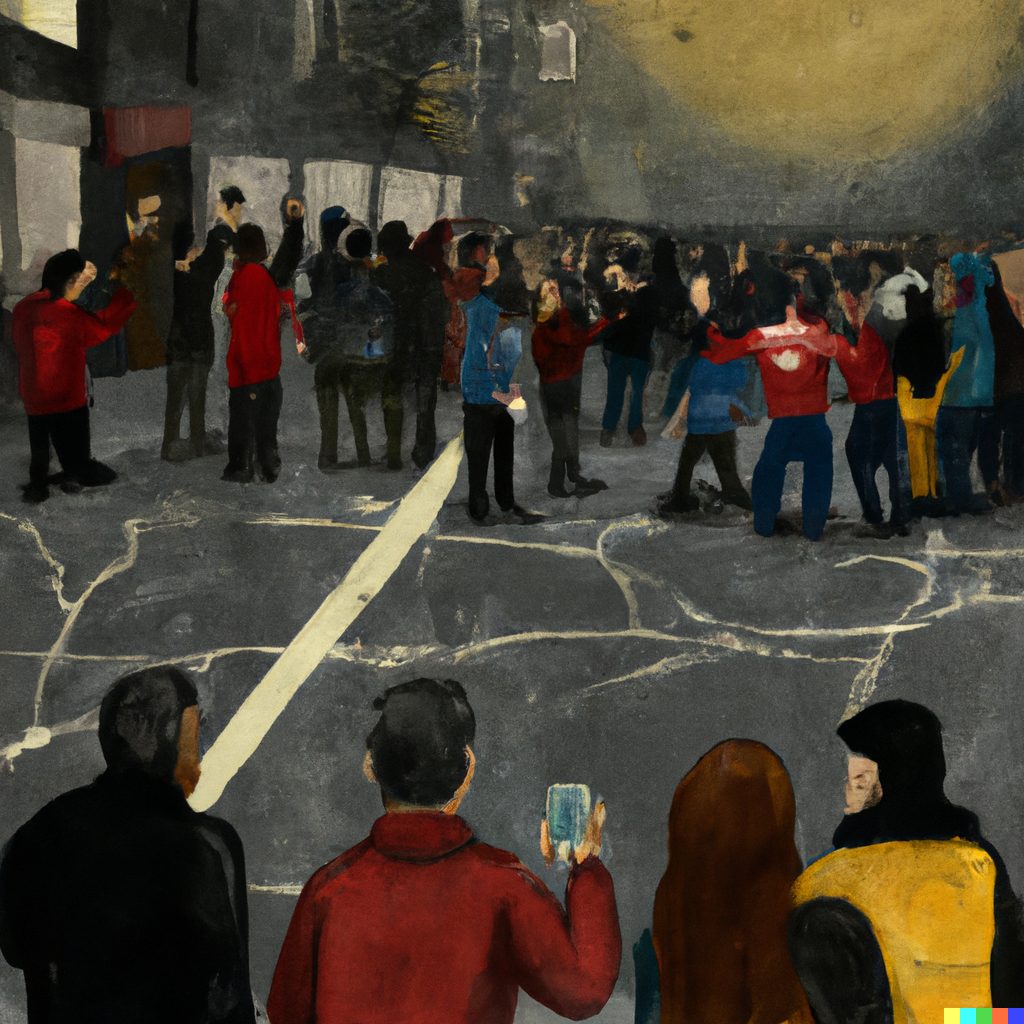Tag: National Tragedies
-
By Rahik Ahmed On the dawn of April 4, 2023, a massive fire broke out in Bangabazar in Dhaka. It took nearly six and a half hours for 48 fire engines, and the firefighting force of the army, navy, air force, and BGB to bring the situation under control. Amidst all the chaos, thousands of…

